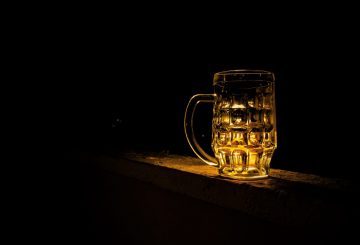来自新西兰健康调查的新数据显示,尽管植物性饮食和环保食品的趋势有所增加,但新西兰几乎没有真正的素食者和素食主义者。调查发现,93% 的新西兰人吃红肉。
这项研究由奥克兰大学人口健康学院的凯瑟琳·布拉德伯里(Kathryn Bradbury)共同撰写,对素食主义进行了严格的定义,要求参与者在饮食中完全排除所有形式的肉类。该定义导致素食主义发生率低于先前的研究,后者的标准不那么严格。
布拉德伯里指出,尽管她怀疑新西兰人减少了红肉的消费量,但缺乏数据可以证实这一点。她还强调需要更多有关人口饮食习惯的最新信息,以制定有效的卫生政策。
调查还发现,素食者和素食者比食肉者更年轻、更苗条、血压更低。拥有高等教育资格的人比没有高等教育资格的人更有可能成为素食主义者、素食主义者或在饮食中排除红肉。此外,太平洋岛屿人和亚洲人比新西兰欧洲人更有可能避免吃红肉或成为素食主义者/素食主义者。



























































